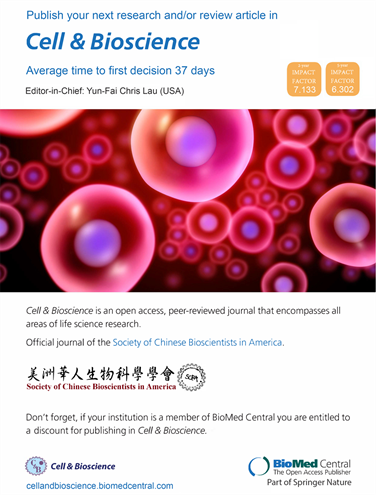Chemical screen in zebrafish lateral line identified compounds that ameliorate neomycin-induced ototoxicity by inhibiting ferroptosis pathway
IF 6.1
2区 生物学
Q1 BIOCHEMISTRY & MOLECULAR BIOLOGY
引用次数: 0
Abstract
Ototoxicity is a major side effect of many broadly used aminoglycoside antibiotics (AGs) and no FDA-approved otoprotective drug is available currently. The zebrafish has recently become a valuable model to investigate AG-induced hair cell toxicity and an expanding list of otoprotective compounds that block the uptake of AGs have been identified from zebrafish-based screening; however, it remains to be established whether inhibiting intracellular cell death pathway(s) constitutes an effective strategy to protect against AG-induced ototoxicity. We used the zebrafish model as well as in vitro cell-based assays to investigate AG-induced cell death and found that ferroptosis is the dominant type of cell death induced by neomycin. Neomycin stimulates lipid reactive oxygen species (ROS) accumulation through mitochondrial pathway and blocking mitochondrial ferroptosis pathway effectively protects neomycin-induced cell death. We screened an alkaloid natural compound library and identified seven small compounds that protect neomycin-induced ototoxicity by targeting ferroptosis pathway: six of them are radical-trapping agents (RTAs) while the other one (ellipticine) regulates intracellular iron homeostasis, which is essential for the generation of lipid ROS to stimulate ferroptosis. Our study demonstrates that blocking intracellular ferroptosis pathway is an alternative strategy to ameliorate neomycin-induced ototoxicity and provides multiple hit compounds for further otoprotective drug development.在斑马鱼侧线中进行化学筛选,发现了可通过抑制铁突变通路改善新霉素诱导的耳毒性的化合物
耳毒性是许多广泛使用的氨基糖苷类抗生素(AGs)的主要副作用,目前还没有获得美国食品和药物管理局批准的耳保护药物。最近,斑马鱼已成为研究AG诱导的毛细胞毒性的重要模型,而且基于斑马鱼的筛选也发现了越来越多能阻断AG吸收的耳保护化合物;然而,抑制细胞内细胞死亡途径是否是防止AG诱导的耳毒性的有效策略仍有待确定。我们利用斑马鱼模型和体外细胞试验研究了 AG 诱导的细胞死亡,发现铁突变是新霉素诱导的主要细胞死亡类型。新霉素通过线粒体途径刺激脂质活性氧(ROS)积累,而阻断线粒体铁卟啉沉积途径可有效保护新霉素诱导的细胞死亡。我们对生物碱类天然化合物库进行了筛选,发现了七种能通过靶向铁突变途径保护新霉素诱导的耳毒性的小化合物:其中六种是自由基捕获剂(RTAs),另一种(鞣花碱)能调节细胞内的铁平衡,而铁平衡是产生脂质 ROS 以刺激铁突变的必要条件。我们的研究表明,阻断细胞内的铁突变途径是改善新霉素诱导的耳毒性的另一种策略,并为进一步的耳保护药物开发提供了多种热门化合物。
本文章由计算机程序翻译,如有差异,请以英文原文为准。
求助全文
约1分钟内获得全文
求助全文
来源期刊

Cell and Bioscience
BIOCHEMISTRY & MOLECULAR BIOLOGY-
CiteScore
10.70
自引率
0.00%
发文量
187
审稿时长
>12 weeks
期刊介绍:
Cell and Bioscience, the official journal of the Society of Chinese Bioscientists in America, is an open access, peer-reviewed journal that encompasses all areas of life science research.
 求助内容:
求助内容: 应助结果提醒方式:
应助结果提醒方式:


